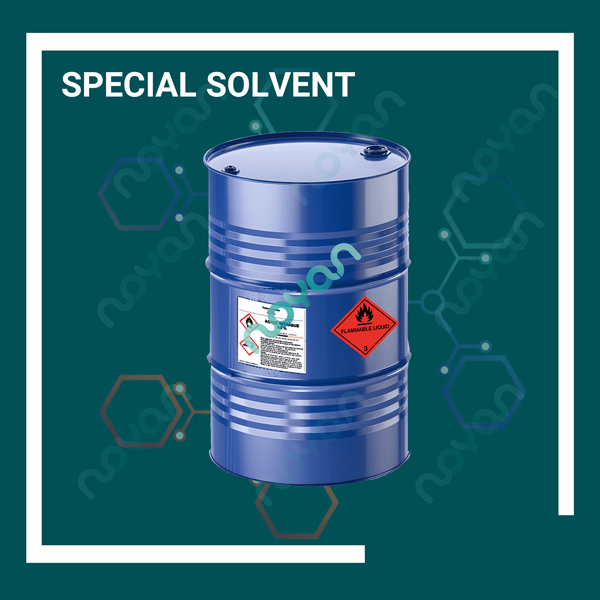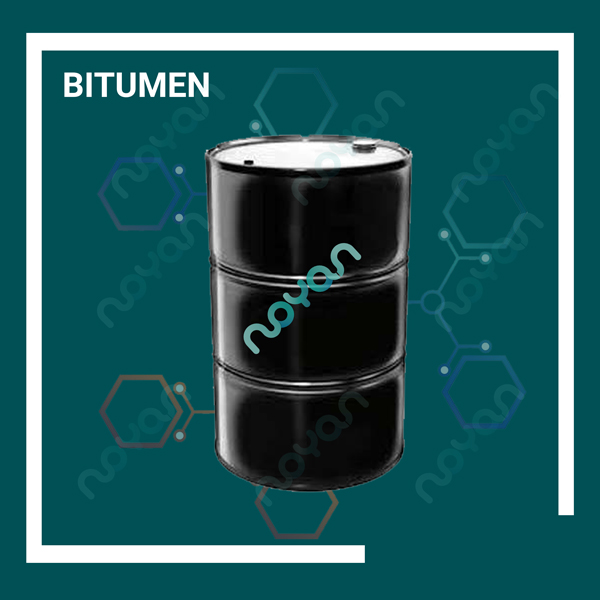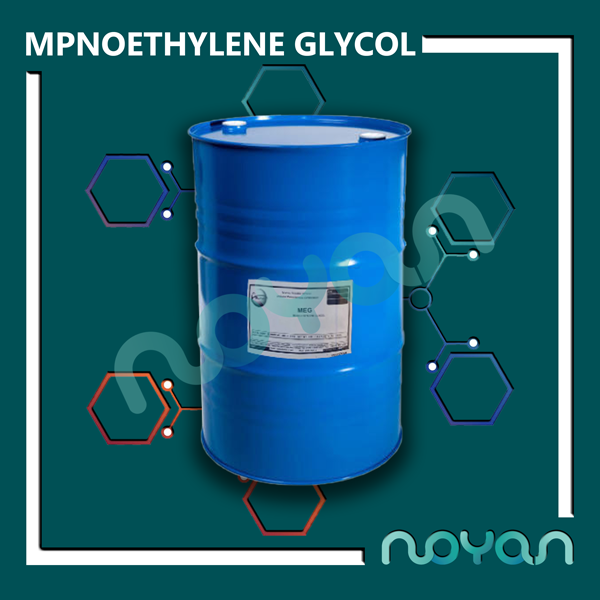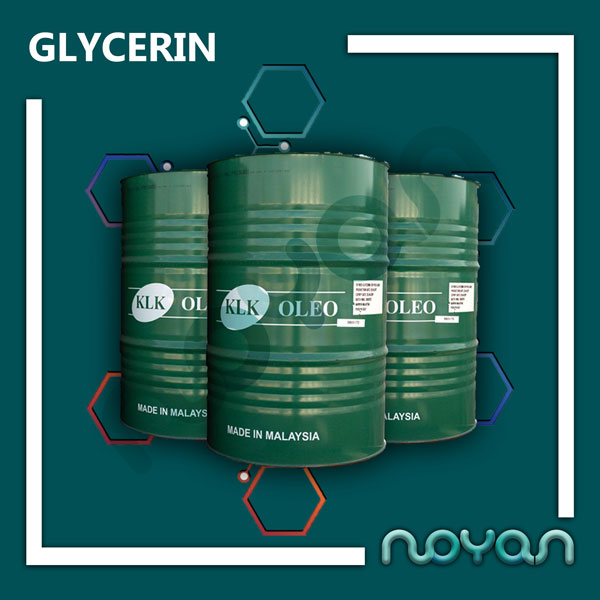Special solvent
Hydrocarbons (naphthenic, aliphatic and aromatic) are the main source of petroleum hydrocarbon solvents. Petroleum is a mixture of complex compounds, most of which are hydrocarbon derivatives (carbon and hydrogen compounds). The amount of other petroleum derivatives with oxygen, sulfur and nitrogen atoms is very low in total. Hydrocarbon solvents with different boiling points in different sections are obtained from oil distillation. Most petroleum-based hydrocarbon solvents are aliphatic solvents (with linear chains of carbon and hydrogen). The boiling point of some aliphatic hydrocarbons is less than 56 ° C and some is more than 180 ° C. Aromatic hydrocarbons (benzene ring hydrocarbons) and halogenated hydrocarbons are also extracted from oil. Coal is another major source of hydrocarbons. Coal is a mixture of hundreds of aromatic hydrocarbon compounds, but only a few known compounds are extracted from it. Simple cyclic hydrocarbons such as benzene, toluene and xylene are the first compounds to be separated from coal by heat. Aliphatic hydrocarbons and halogenated hydrocarbons are also obtained by thermal decomposition of coal. Among the types of hydrocarbon solvents used in the dyeing industry are white spirit, aliphatic solvents and aromatic hydrocarbons. Due to the percentage composition, crocus is used as a solvent in the painting industry. It is used as an extractive solvent and degreaser in detergent products and sprays, wood preservatives, asphalt varnishes and polishes. Household uses include cleaning paint tools, cleaning surfaces that have adhesives, washing car parts, and other uses. This solvent is a high aromatic solvent and is used as a diluent in the alcohol, paint and cast industries.





